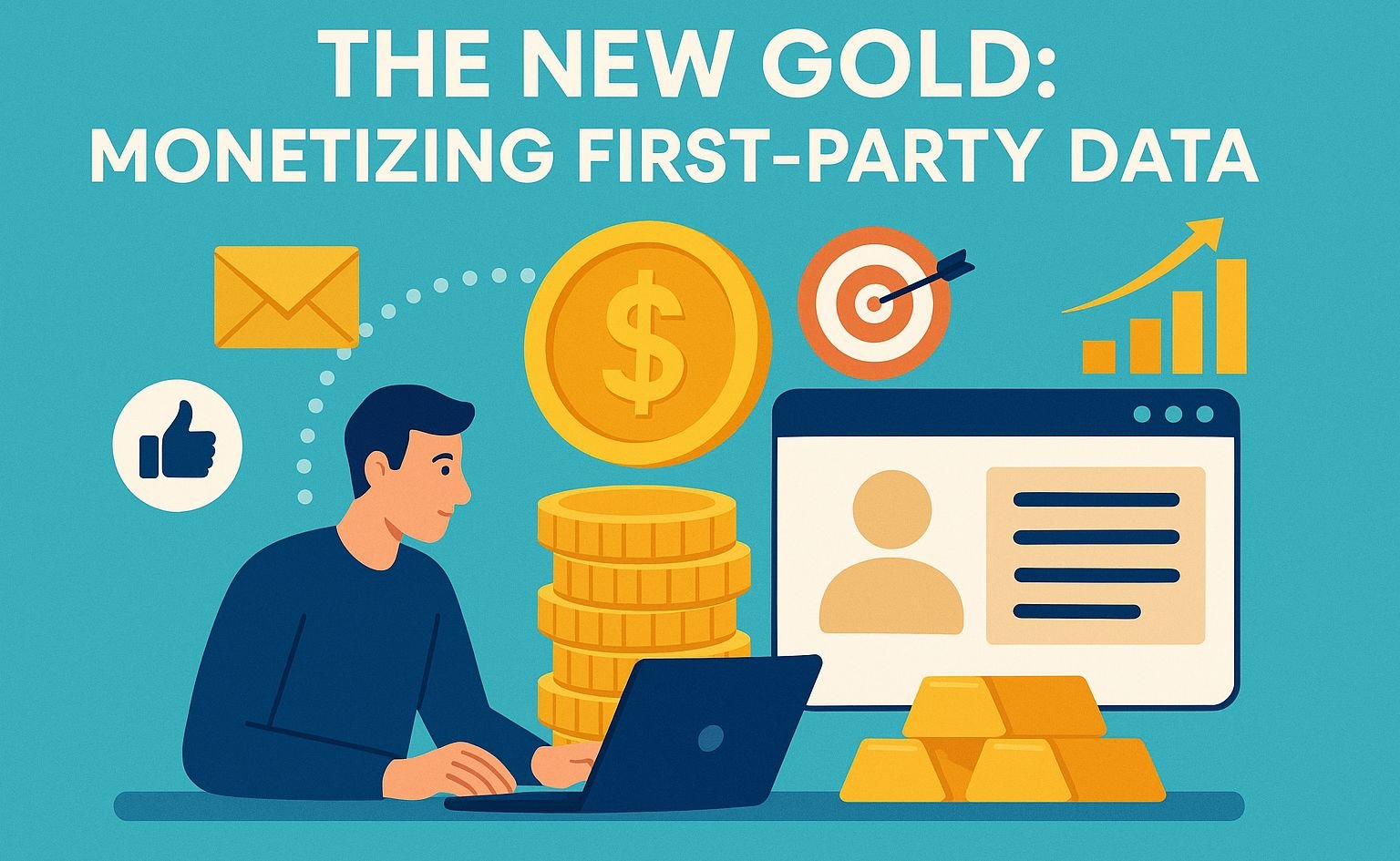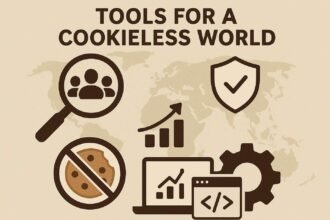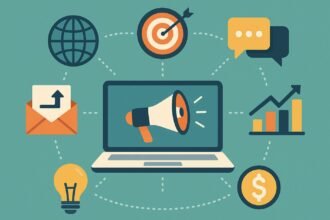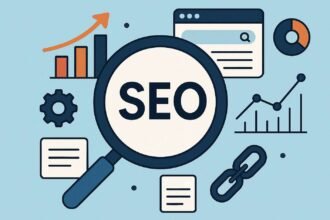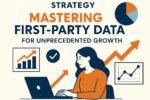One thing is clear in the world of digital marketing today: data is the new money. As privacy laws get stricter and third-party cookies go away, first-party data has become much more valuable.
This isn’t just a fad. It changes the way businesses grow, compete, and stay in business. It’s not just a good idea for modern marketers and business leaders to have a solid first-party data monetization strategy; it’s necessary.
What is First-Party Data?
You get first-party data directly from your customers, not from brokers or other sources. Some examples are:
- Things people do on a website (browsing, clicking, buying)
- Email newsletters and loyalty programs
- Talking to customers about service
- Surveys and comments
You own and control it, unlike data from other people. That means:
- More accurate (from the source)
- More reliable (customers gave it to you)
- More in line with GDPR, CCPA, and other rules
This kind of data tells you who your customers are, what they care about, and how they act. And that information is worth its weight in gold for marketing.
Three Ways to Make Money with First-Party Data
A successful first-party data strategy is usually based on three things:
1. Personalization and the Customer Experience
Using data to make experiences more personal is the best way to make money from it. You can customize everything, from product suggestions to email messages, based on what a customer really wants instead of using generic campaigns.
For example, an online store might look at a customer’s browsing history to suggest products they are likely to buy.
Advantage: Better relationships, more loyalty, and a rise in customer lifetime value (CLV).
2. Efficiency in Operations
First-party data isn’t only useful for marketing; it can also help businesses run more smoothly and save money.
- Retailers can better predict demand, which means they have fewer stockouts or overstock.
- Subscription services can see which features are used the most, which helps them make better products.
In other words, the right information saves money and makes more money.
3. Direct Sources of Income
Some companies go even further and turn their information into a product.
- Data-as-a-Service (DaaS): When you sell other businesses anonymous, aggregated data.
- Retail Media Networks: These are platforms that let brands buy ad space on your site to reach your audience. Examples are Amazon and Walmart’s media networks.
This is the area of data monetization that is growing the fastest right now.
Making a Strategy for First-Party Data
To get from raw data to money, you need to have a plan. Here is the plan:
| Step | What It Means and Why It Matters |
|---|---|
| 1. Gather and sort | Get information from CRM, websites, apps, and loyalty programs. Makes a single view of the customer |
| 2. Break up and turn on | Sort customers into groups based on their behavior, age, and values. Allows campaigns to be very specific |
| 3. Privacy and consent | Use clear opt-ins and CMP tools to control permissions. Builds trust and follows the rules. |
| 4. Measure and make better | Keep an eye on KPIs like revenue, conversion, and retention. Turns knowledge into ongoing growth |
What to Expect in Terms of Challenges
Let’s be honest: this isn’t easy. Businesses often have to deal with:
- High costs up front (for tech and people)
- Problems with data quality, such as data that is incomplete, out of date, or doesn’t match up
- Regulatory complexity (keeping up with changing privacy laws)
But with the right tools and a clear plan, these problems can be solved.
Looking Ahead
There is a bright future for first-party data. Even small businesses can use technology as it gets cheaper and privacy-first tools become more common. Companies will need to stop “collecting as much as possible” and start using the right data in the right way for the right reasons.
Companies that do well will see customer data as more than just an asset; they will also see it as a way to build relationships.
Last Thoughts
Making money from first-party data is about more than just making money. It’s also about building stronger relationships with customers, running smarter businesses, and growing in a way that lasts.
To sum up:
- Personalization builds loyalty.
- Profit goes up when things are done quickly.
- Direct monetization makes money.
Yes, it takes time and money, but the rewards are worth it: more loyal customers, leaner operations, and new business models that are better for privacy.
First-party data is not only the “new gold,” but it is also the basis of modern marketing.


